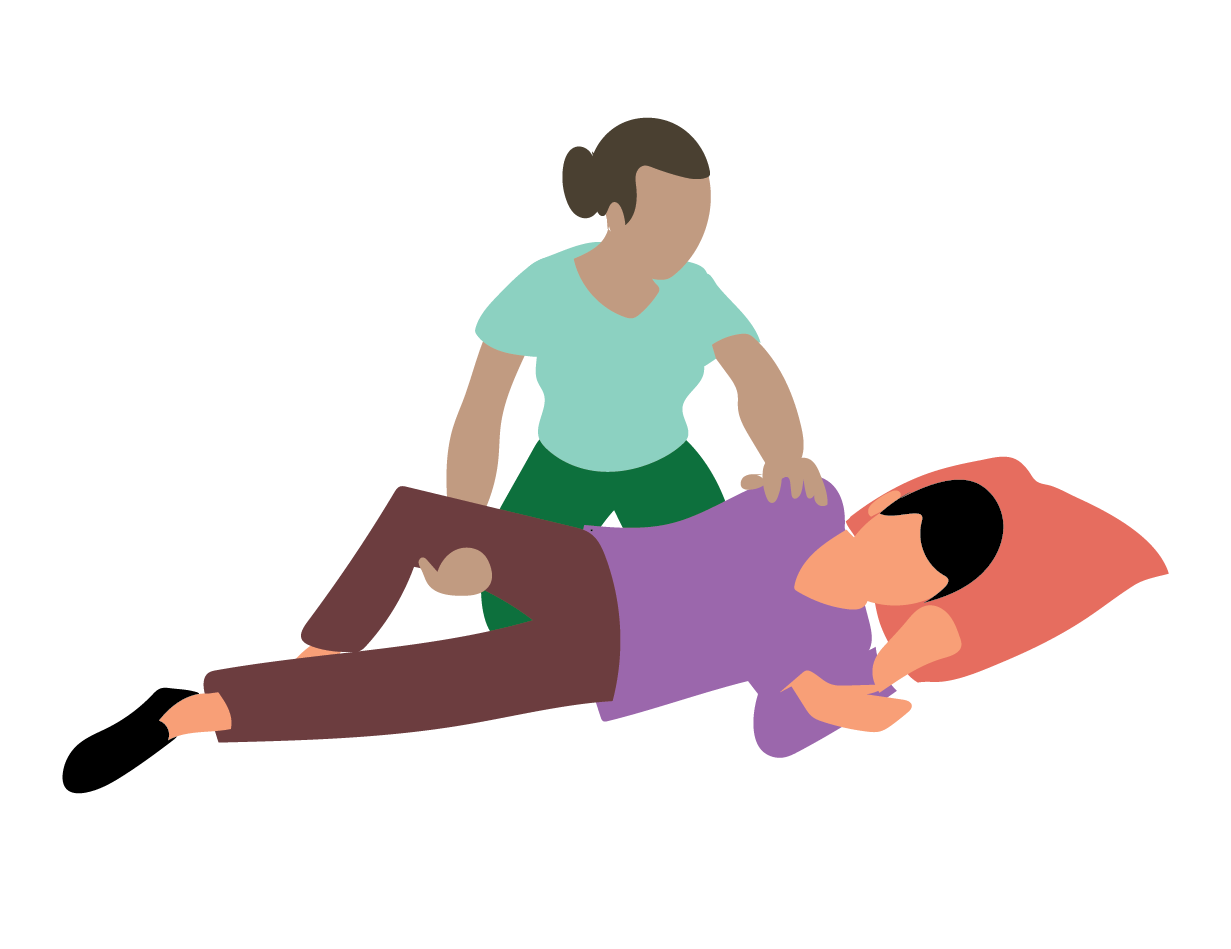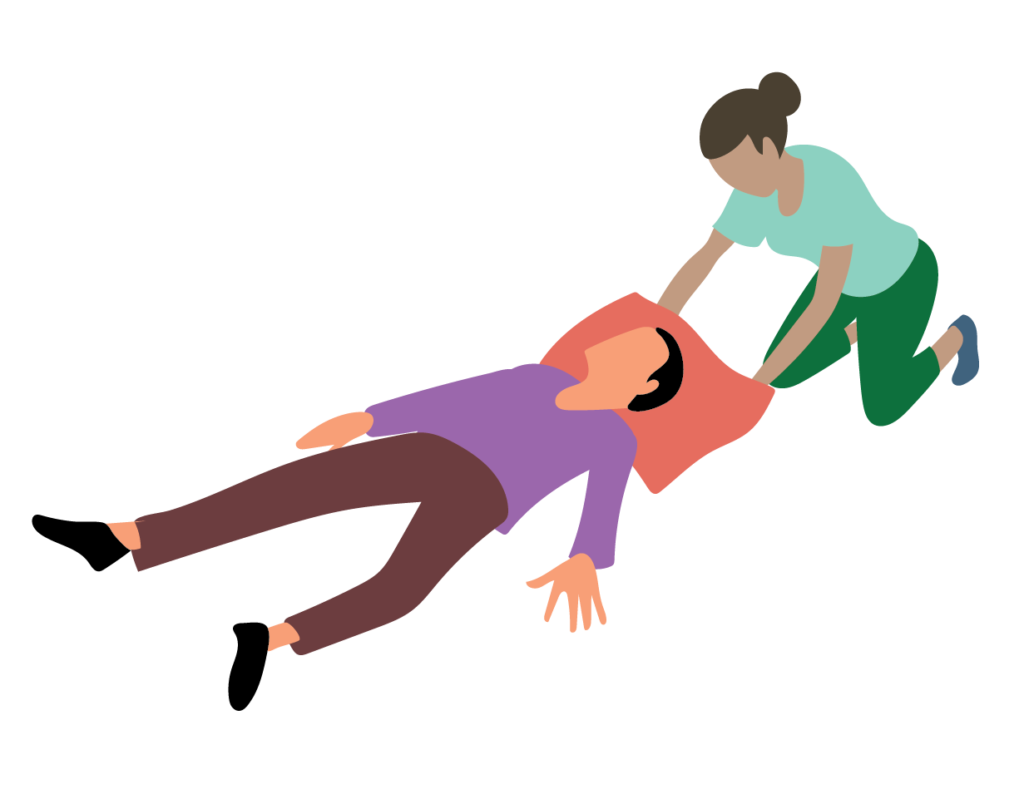What is Epilepsy
Epilepsy is a neurological disorder of the central nervous system in which brain activity becomes abnormal, causing seizures or periods of unusual behavior, sensations, and sometimes loss of awareness.
The cause of most cases of epilepsy is unknown. It can be the result of brain injury, stroke, brain tumors, or genetic conditions. Seizures can often be controlled by medicine. Also diet and a regular lifestyle may help to reduce the occurrence of seizures.
What do you do when someone has a seizure?

If you’re with someone having a seizure:
- only move them if they’re in danger – such as near a busy road or hot cooker
- cushion their head if they’re on the ground
- loosen any tight clothing around their neck – such as a collar or tie to – aid breathing
- when their convulsions stop, turn them so they’re lying on their side (also known as the recovery position)
- stay with them and talk to them calmly until they recover

- note the time the seizure starts and finishes
- If they’re in a wheelchair, put the brakes on and leave any seat belt or harness on. Support them gently and cushion their head, but don’t try to move them.
- Don’t put anything in their mouth, including your fingers. They shouldn’t have any food or drink until they fully recover.

Specific advice on including of participants with epilepsy in agriculture programmes
- Make sure staff knows what to do in case a person with epilepsy has a seizure
- In some instances, a seizure can be provoked by flashing lights, if this is the case, this has to be taken into account when choosing the right environment.
- Look at the safety of the learning environment, especially when it involves the use of machines and any other hazardous equipment/material. Please note that many people with epilepsy may be able to feel that a seizure is coming.
- Allow enough time for breaks
- More importantly, have a detailed discussion with the individual to discover triggers and coping measures as well as other ways to support them in their learning environment.
